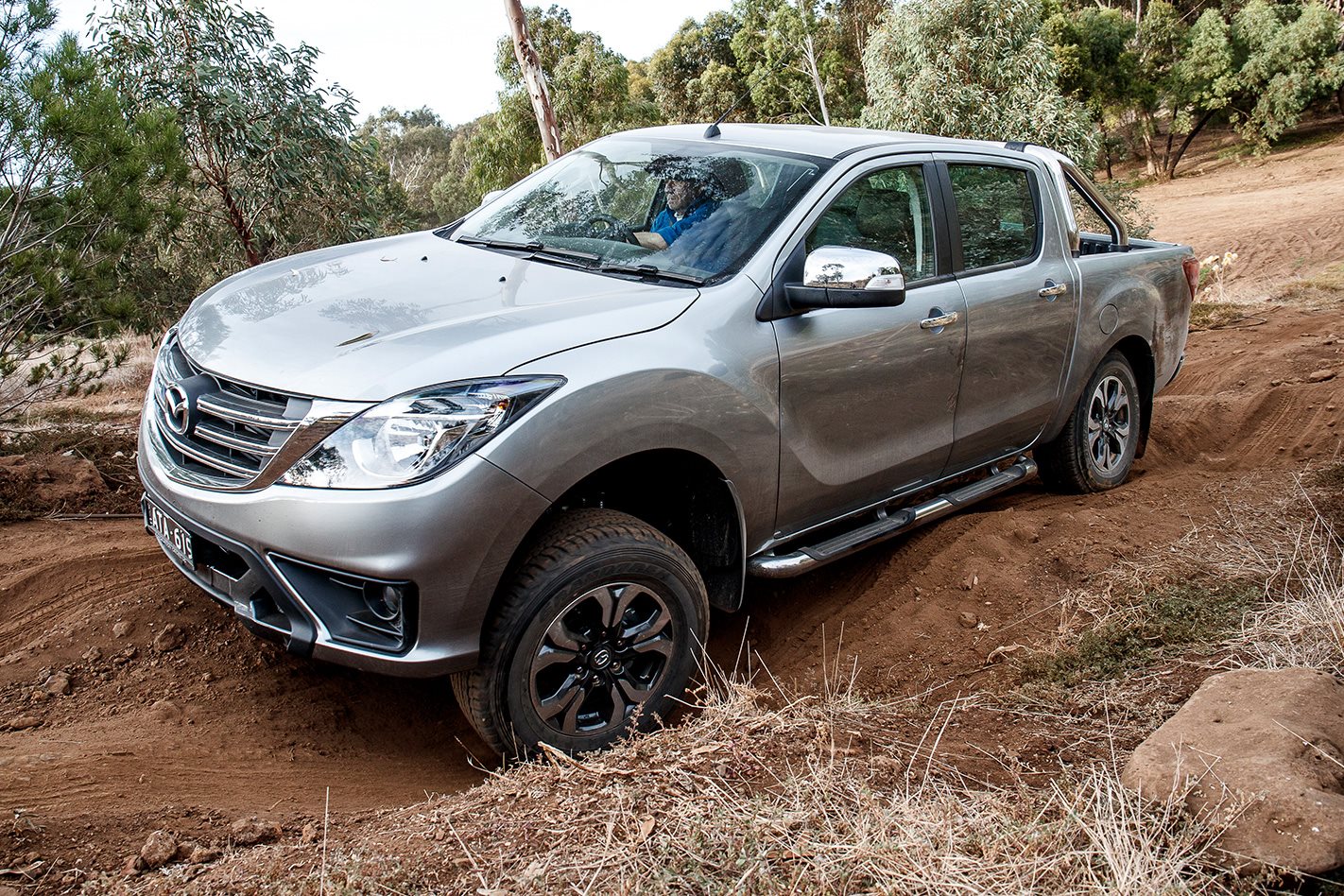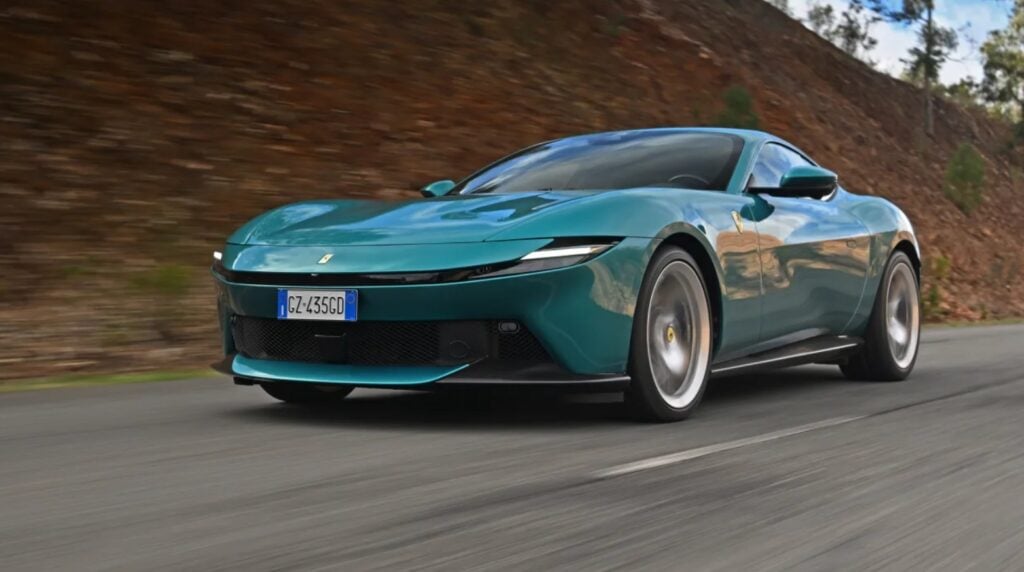MAZDA Australia’s managing director Vinesh Bhindi believes the needs of Australian ute buyers will be properly catered for by the brand’s next-generation BT-50 dual-cab ute.
“Australia is [the BT-50’s] biggest market, so we do provide input and the Mazda engineers will come here and do research based on the Australian market,” said Bhindi.
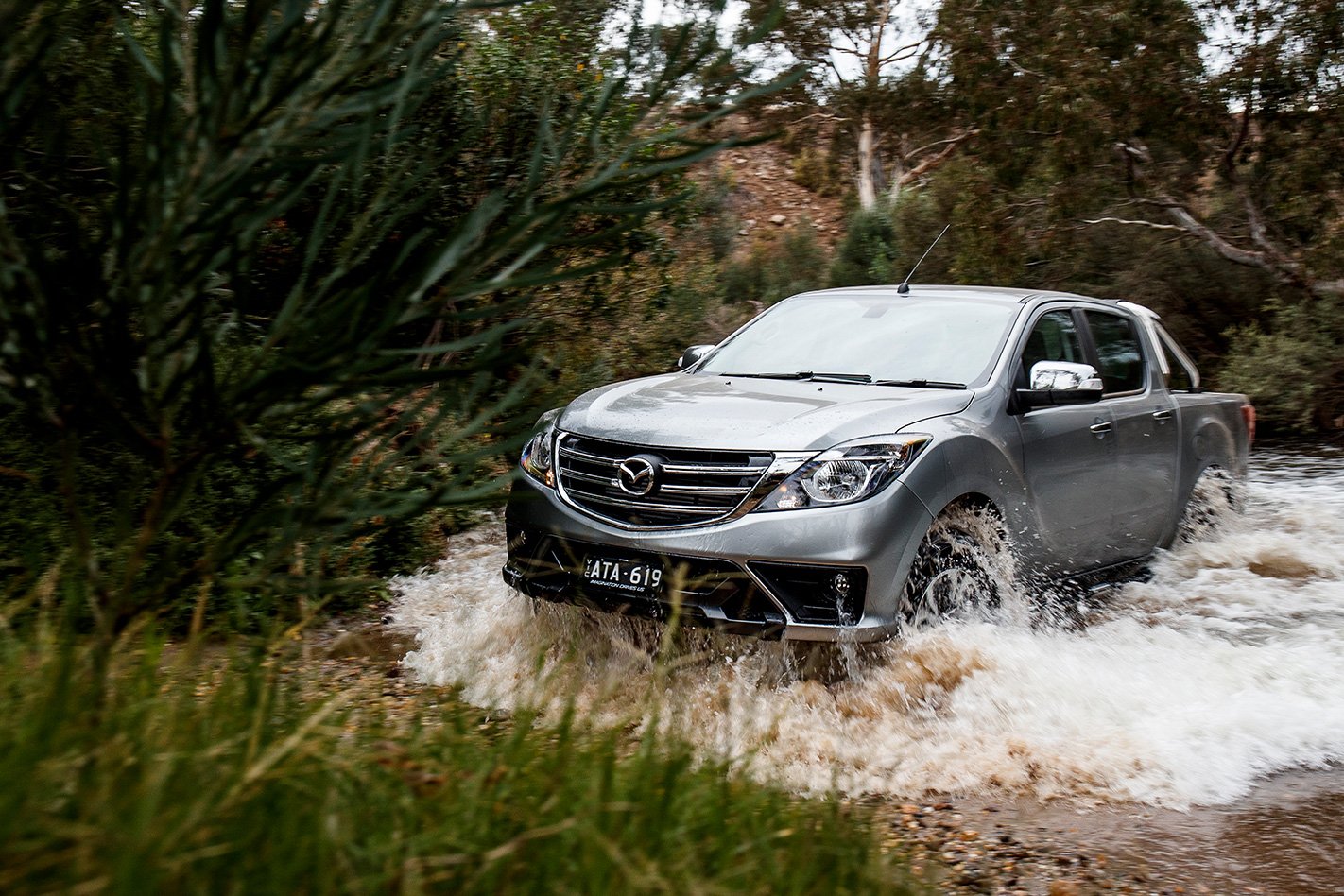
While shying away from confirming whether or not the BT-50 will take Aussie-specific calibrations or componentry, Bhindi did state the importance of adapting vehicles like the BT-50 to the intended market of sale, usually by speaking to each territory and visiting outposts to better understand the environment.
“Mazda engineers do a lot of research in every market to tune cars to the conditions. The engineers do come and spend some time in Australia,” he explained. “Mazda Corporation produces cars for global markets and their test tracks in Japan have many variations in road conditions.”
While development has begun on the BT-50’s next-gen replacement, its debut isn’t expected for a couple of years at least.
Mazda’s current, second-gen offering in the dual-cab ute segment was initially released in 2011 and has been updated twice since with a mid-life update in 2015 and a front-end styling refresh earlier this year.
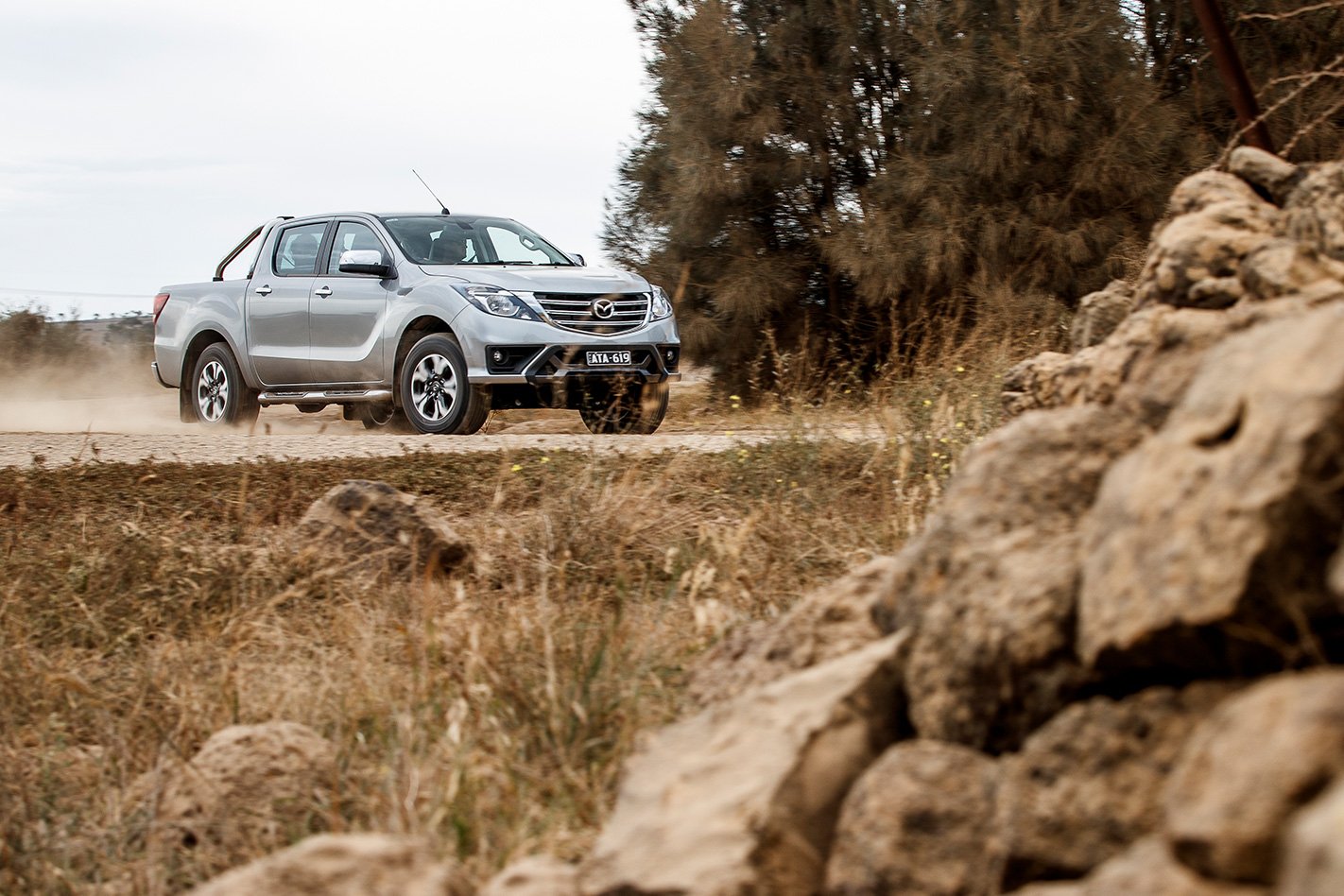
The existing BT-50 shares its platform with the Ford Ranger, and unchanged versions of its engines including 3.2-litre five-cylinder and 2.2-litre four-cylinder turbo-diesels.
During development of the current BT-50 Mazda engineers and designers worked alongside Blue Oval employees in Australia, with the Japanese team working independently to pen a unique version of the dual-cab at Ford Australia’s design centre in Melbourne.
This long-running partnership with Ford will come to an end with the replacement of the current generation BT-50. The third-gen model will share its platform with the Isuzu D-Max, and is expected to share engines as well.
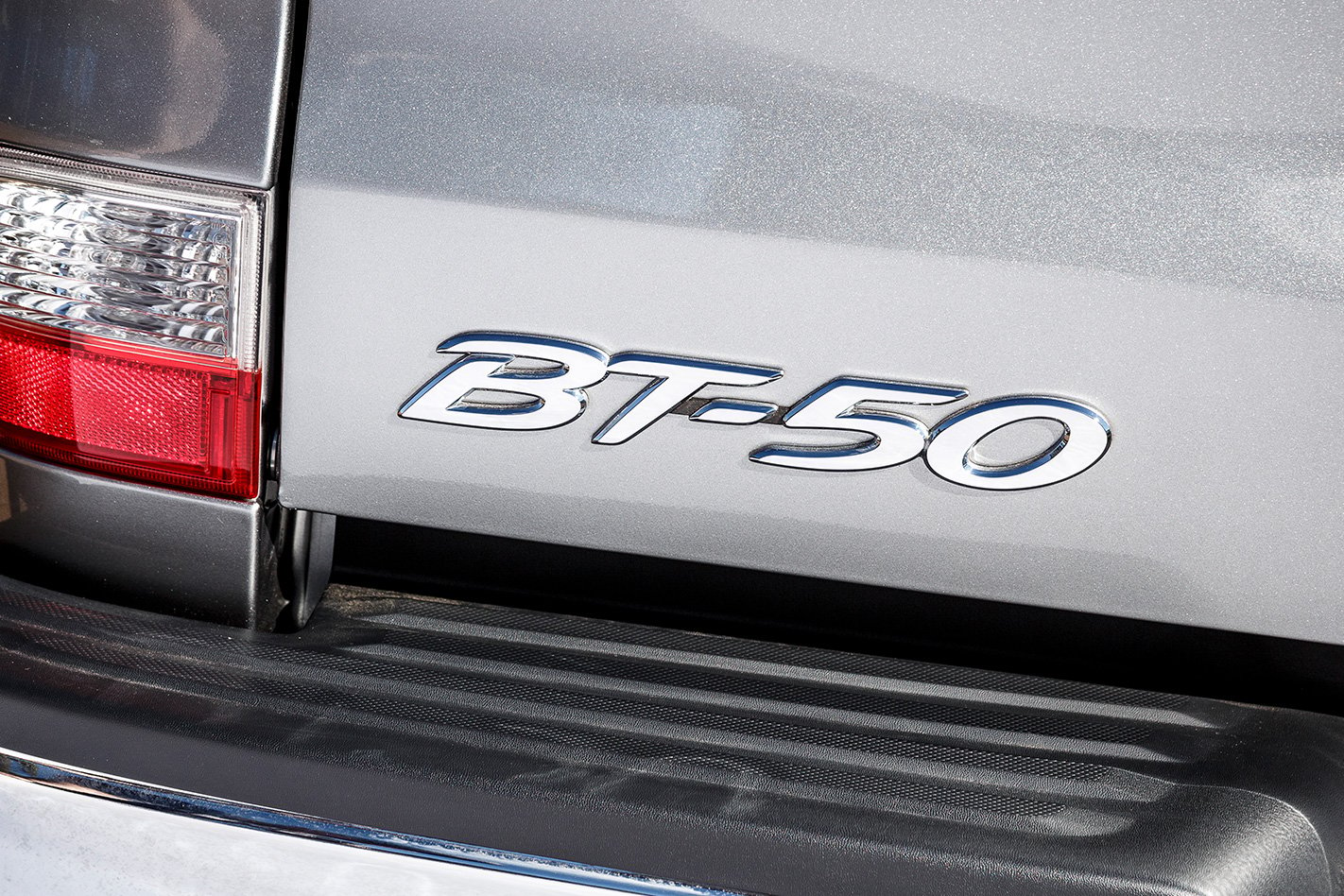
However, a patent lodged by Mazda in the second-half of 2017 previewed an engine currently in development at Hiroshima that could potentially be used beneath the next-gen BT-50’s bonnet.
Documents filed with the US Patent and Trademark Office, while not naming the BT-50 specifically, reveal core details of the unreleased diesel engine; a four-cylinder boosted by two turbos and an electric supercharger, and designed to be mounted longitudinally.
Mazda’s dual-cab is currently built in Thailand and South Africa.


